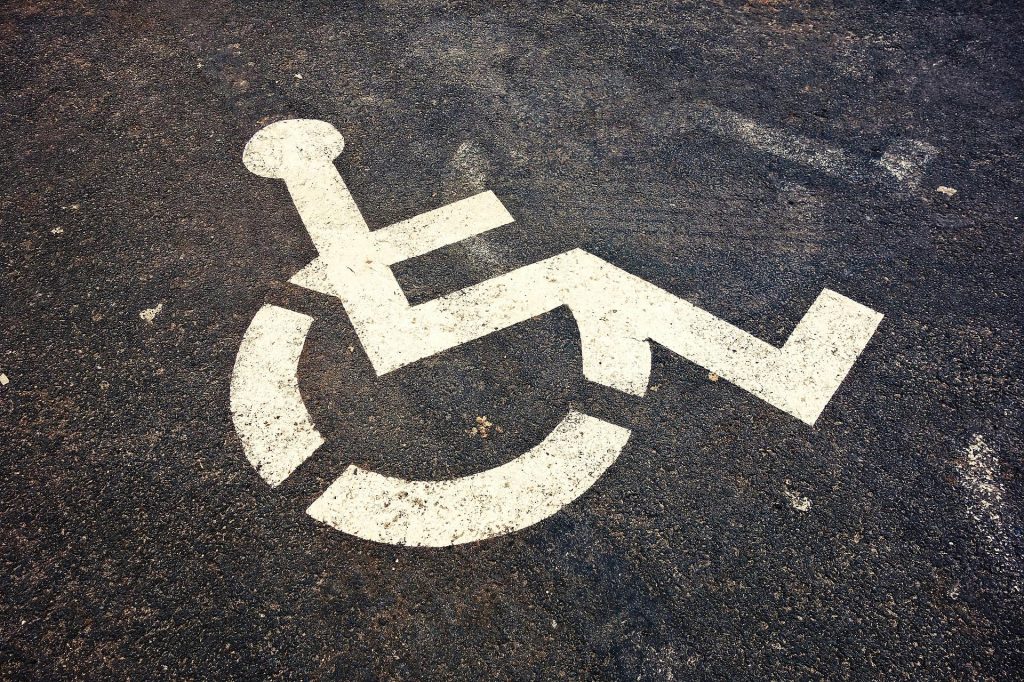The Office for National Statistics revealed that the average employee with a disability was paid 13.8% less than their peers in 2021.
It was a small increase from 13.5% the year before, and the pay gap was nearly a fifth wider – or 2.1 percentage points – than it had been in 2014.
It means that those with disabilities are earning £1.93 less every hour than their non-disabled counterparts, adding up to £3,500 a year in a full-time job.
Trades Union Congress general secretary Frances O’Grady said the Government should force companies with more than 50 staff to publish their disability pay gaps.
She also called for funding for the Equality and Human Rights Commission to help it enforce the rights that workers with disabilities have to expect their employer to make reasonable adjustments quickly and effectively.
“Disabled workers were among the hardest hit during the pandemic,” Ms O’Grady said
“And now millions of disabled workers face a living standards emergency – with lower pay than non-disabled workers, but higher energy and transport costs.”
She added: “Disabled workers deserve better. It’s time for big employers to be forced to publish their disability pay gaps, to help shine a light on poor workplace practices that fuel inequality at work.”
The data shows that those who listed autism as their main disability are paid a third less than non-disabled employees, the worst-hit group.
They were followed by those who identified their main disability as “severe or specific learning difficulties” (29.7%) and epilepsy (25.4%). This was before controlling for other aspects, such as age or where people lived.
